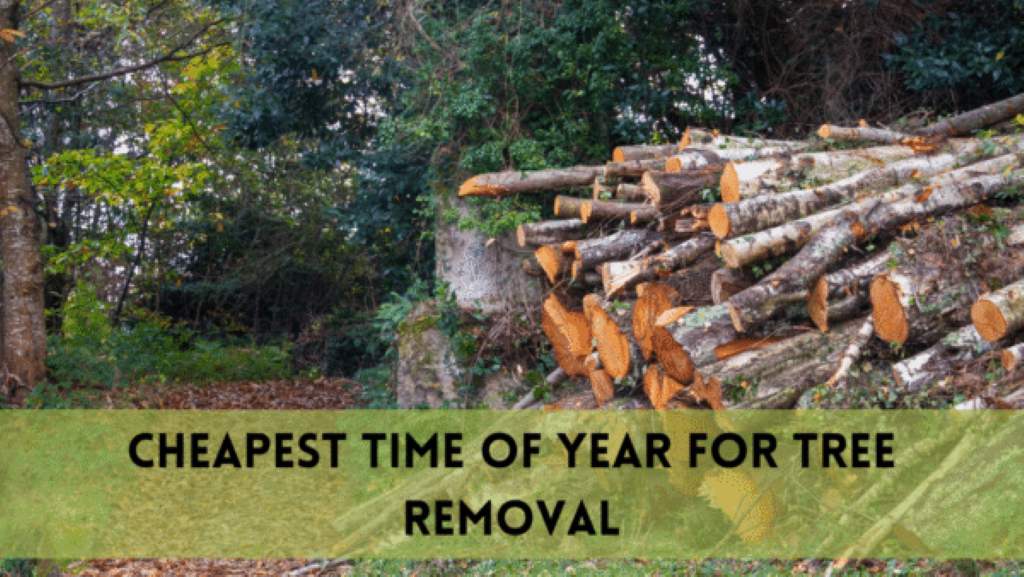The money tree (Pachira aquatica) is a popular indoor plant known for its distinctive braided trunk and lush green foliage. Properly trimming a money tree is essential to maintain its shape, encourage healthy growth, and prevent potential issues. In this comprehensive guide, we’ll walk you through the process of how to trim a money tree, from understanding when and why to trim to the step-by-step technique for achieving the best results. Whether you’re a seasoned plant enthusiast or just starting with indoor gardening, this article will provide you with the knowledge and confidence to care for your money tree.
Steps: How to Trim a Money Tree
Here are a few quick steps:
Step 1: Gather the Right Tools
Before you begin, gather the necessary trimming tools:
- Pruning Shears: Choose a sharp pair of pruning shears to make clean cuts.
- Rubbing Alcohol: Disinfect your pruning shears with rubbing alcohol to prevent the spread of diseases.
- Clean Cloth: Keep a clean cloth nearby to wipe the shears between cuts.
- Container: Prepare a container to collect the trimmed leaves and branches.
Step 2: Identify the Areas to Trim
Look for the following signs that indicate it’s time to trim your money tree:
- Dead or Yellowing Leaves: Trim away any dead or yellowing leaves, as they can attract pests and inhibit new growth.
- Overgrown Branches: Trim back branches that have grown excessively long to maintain the plant’s desired shape.
- Crossing Branches: Remove branches that are crossing each other, as they can create friction and damage the tree.
Step 3: Prune with Precision
Now that you’ve identified the areas to trim follow these guidelines for precise pruning:
- The angle of Cut: Trim at a 45-degree angle, about ¼ inch above a leaf node (the point where a leaf is attached to the stem).
- Avoiding Stubs: Don’t leave stubs, as they can lead to disease and look unsightly.
- Prune During Dormancy: The best time to trim a money tree is during its dormant period, typically in spring or early summer.
Step 4: Promote New Growth
Trimming encourages new growth. To promote healthy development:
- Fertilize: After tree trimming, apply a balanced, water-soluble fertilizer to provide essential nutrients.
- Regularly Inspect: Regularly check your money tree for any signs of pests or diseases and address them promptly.
Conclusion
Trimming a money tree is a straightforward process that requires the right tools, proper technique, and a little tree care. By following the steps outlined in this guide, you’ll be able to maintain a beautiful and healthy money tree that brings a touch of nature to your indoor space. Regular trimming, combined with attentive care, will ensure your money tree thrives for years to come.
FAQs
1. Can I Trim My Money Tree if It’s Not Growing Well?
Yes, trimming can stimulate growth by removing dead or weak branches, allowing the plant to focus its energy on healthy areas.
2. How Often Should I Trim My Money Tree?
Trim your money tree as needed, usually every 6-12 months. Keep an eye on its growth and condition.
3. Will My Money Tree Survive if I Trim Too Much?
Money trees are resilient, but it’s essential not to trim more than one-third of the plant at once. Gradual pruning is safer.
4. Can I Use the Trimmed Branches for Propagation?
Yes, you can propagate money trees from stem cuttings. Ensure the cuttings have a few leaves and let them root in water before planting.
5. Do I Need to Seal the Cuts After Trimming?
No, money trees do not require cuts to be sealed. They will naturally heal over time.
6. Should I Trim the New Growth on My Money Tree?
Allow some new growth to develop, as it contributes to the overall health and vitality of the plant.




